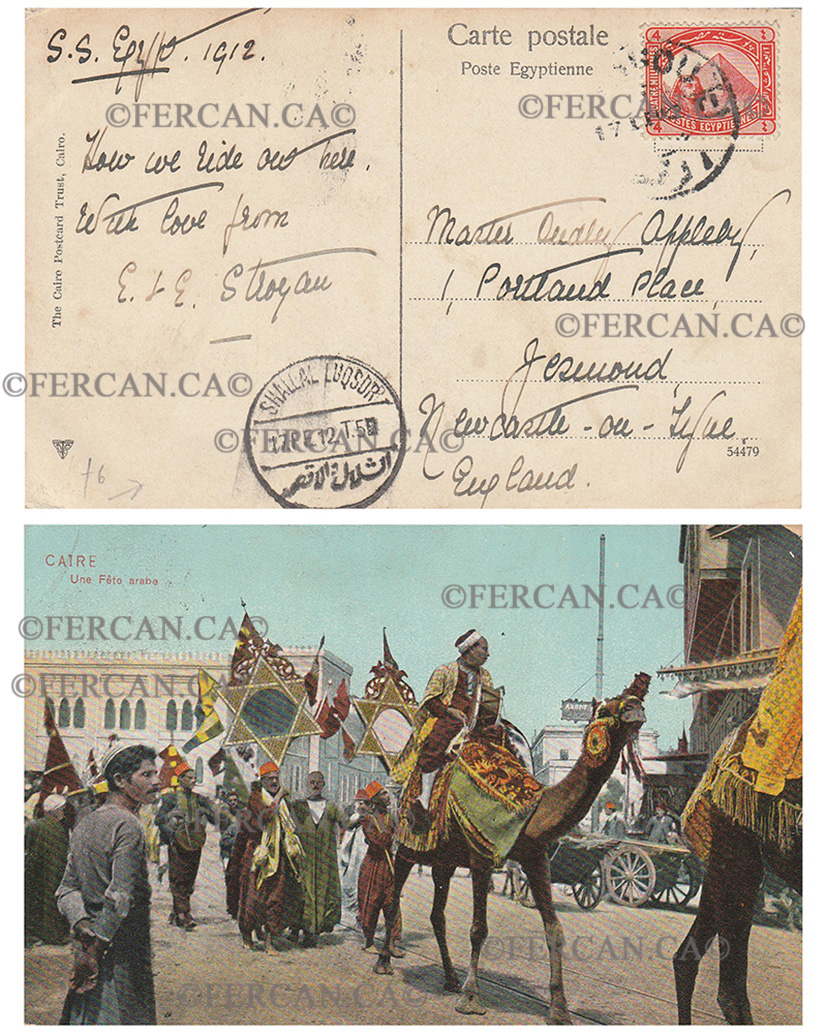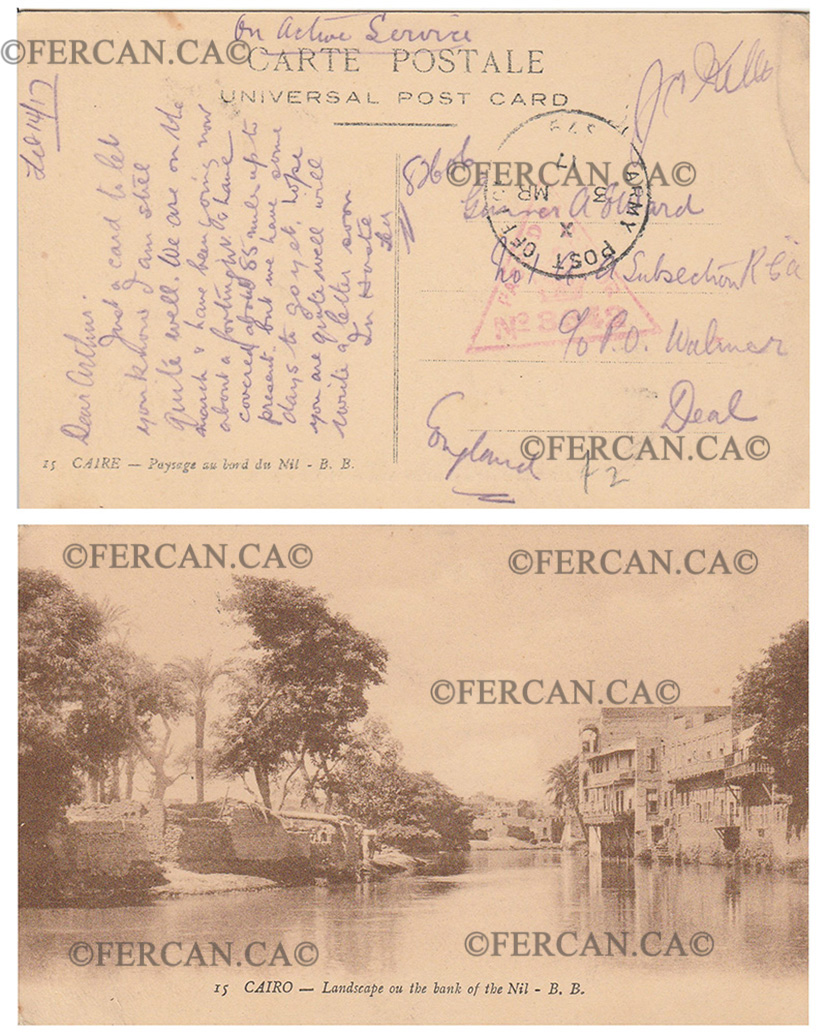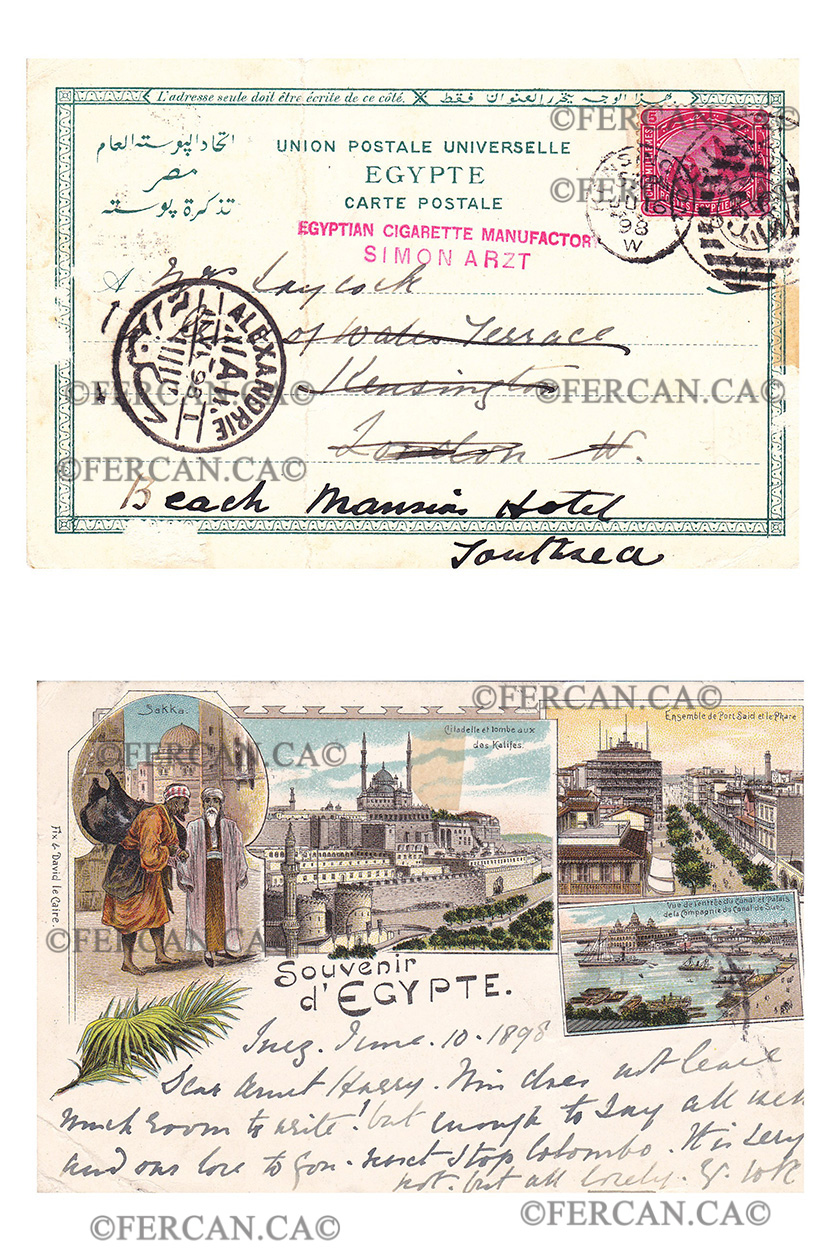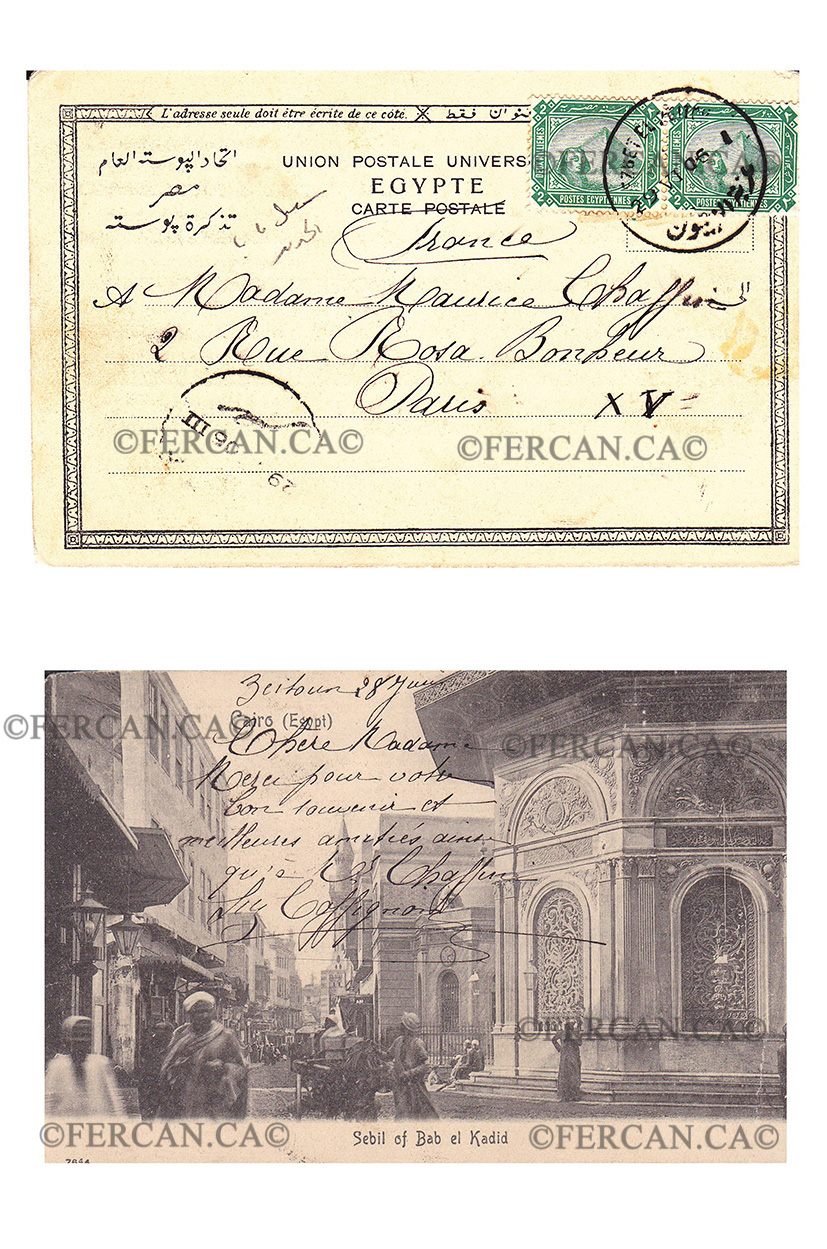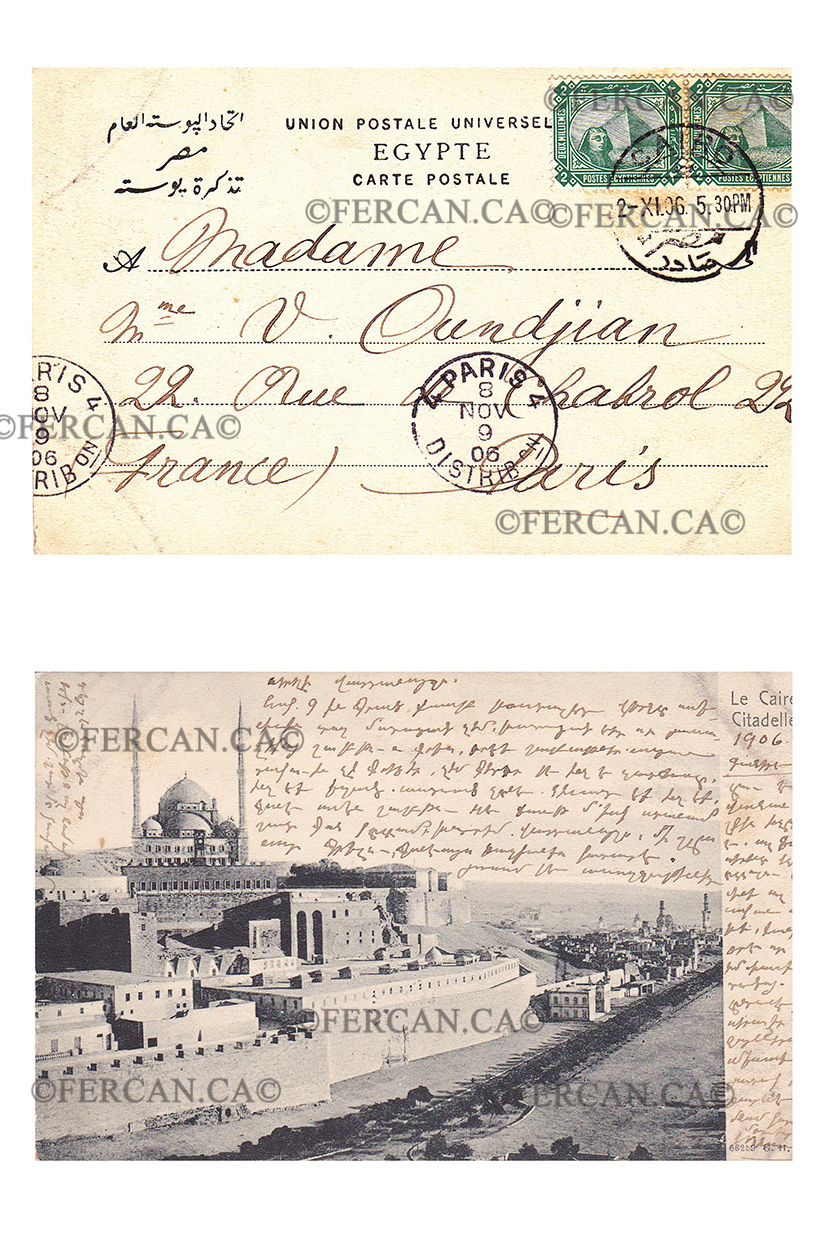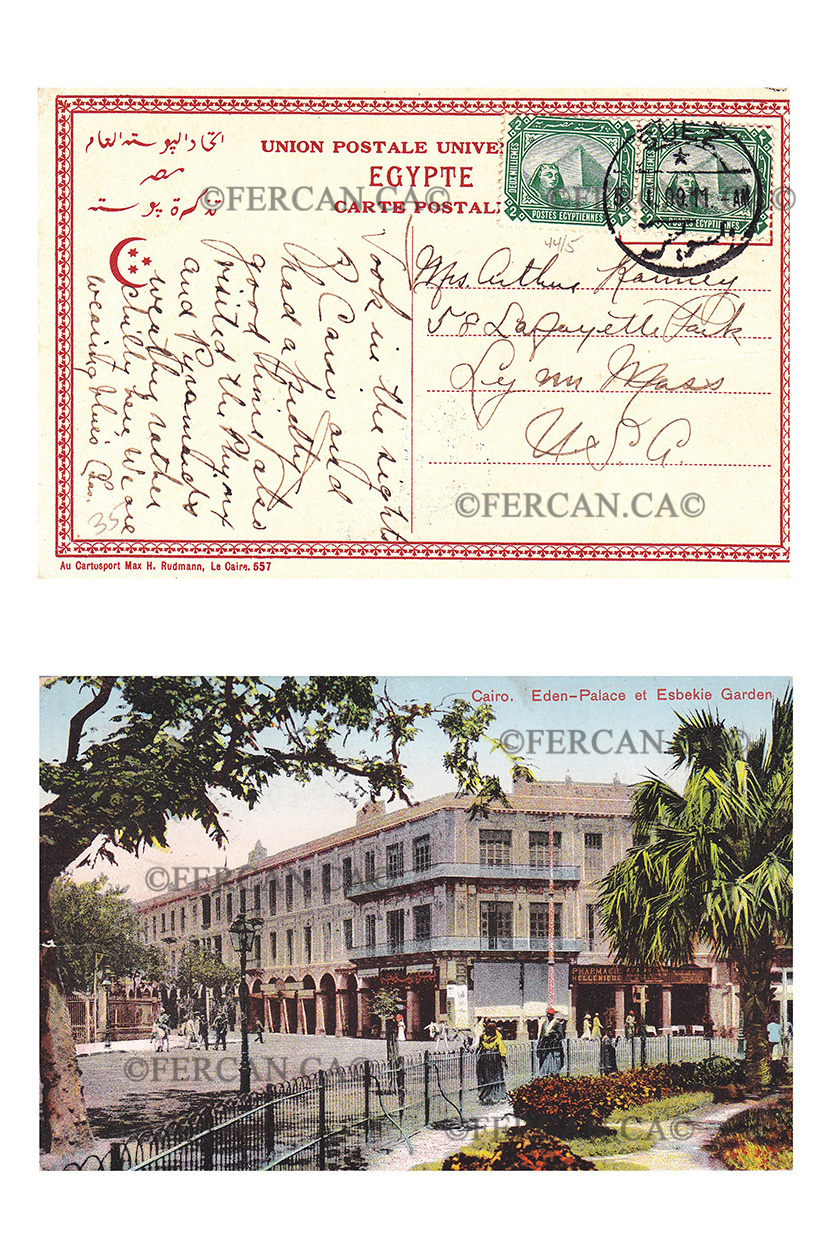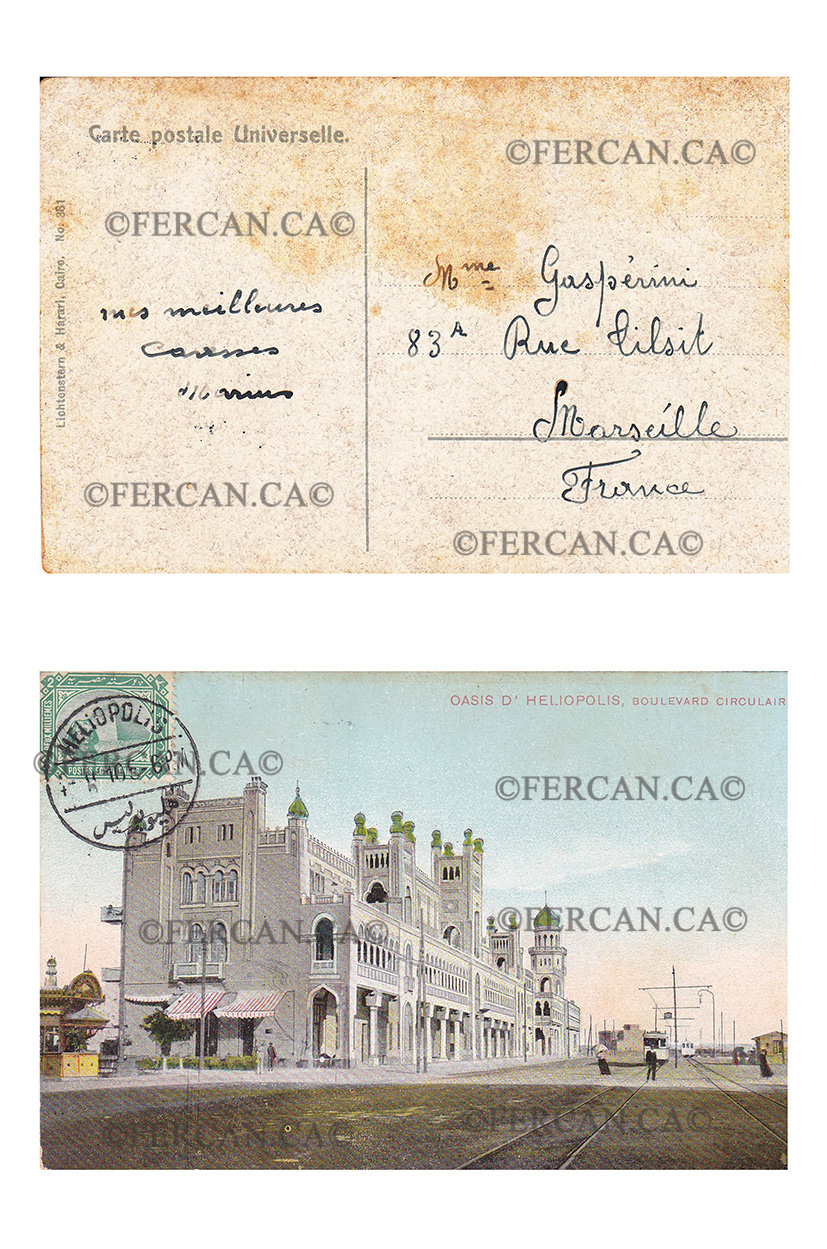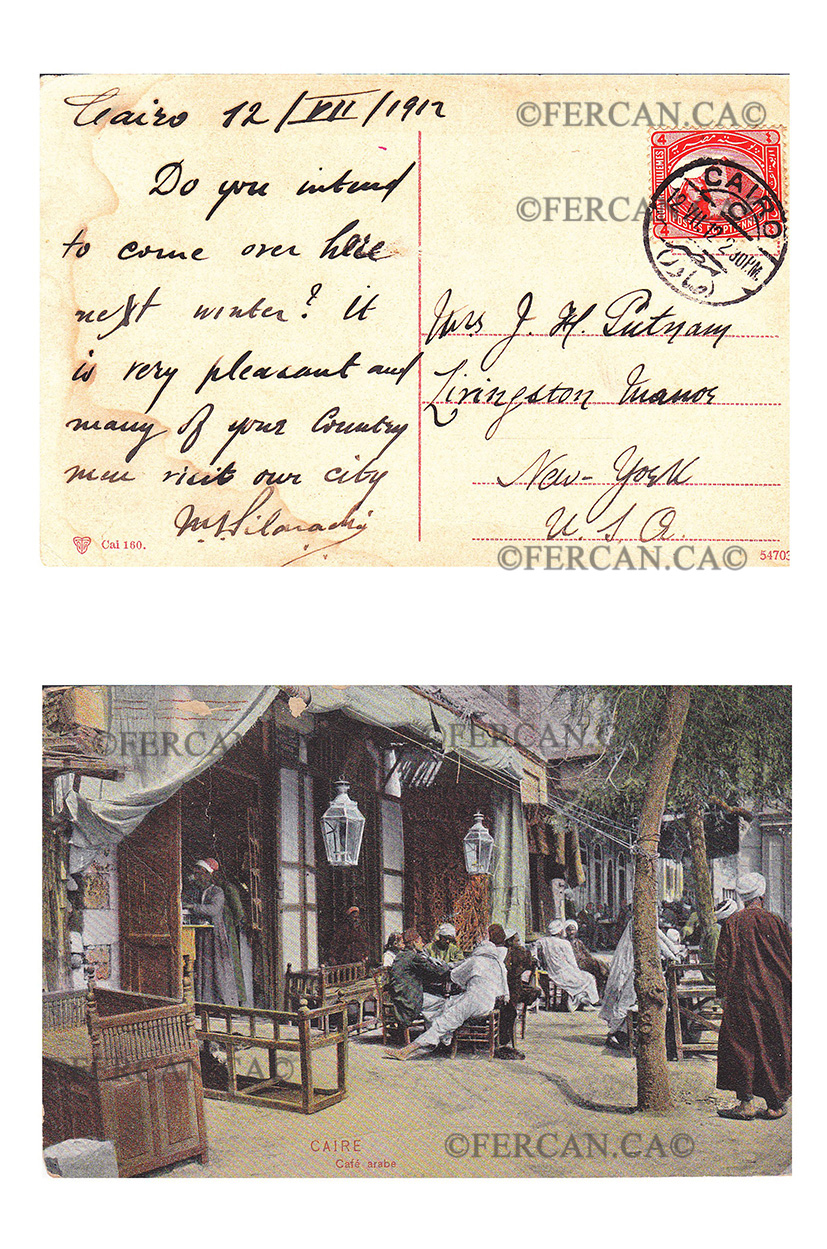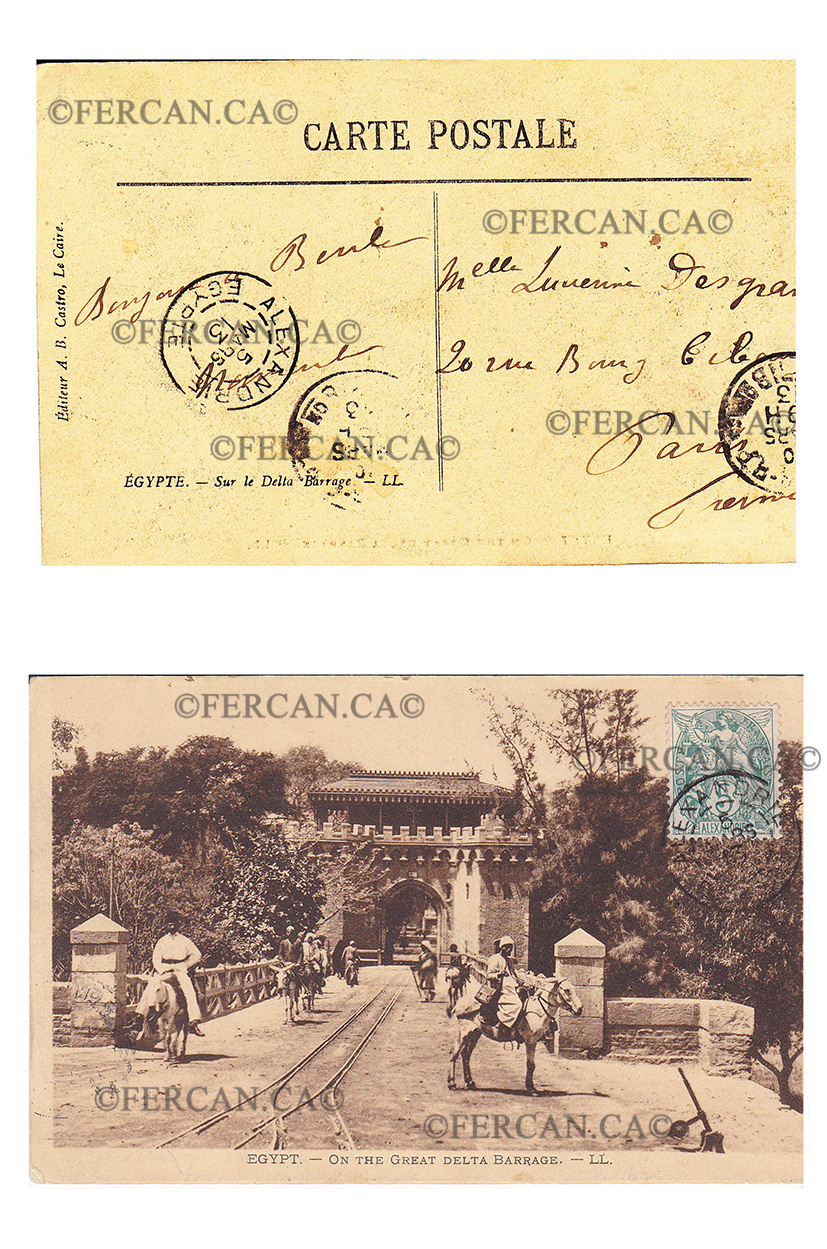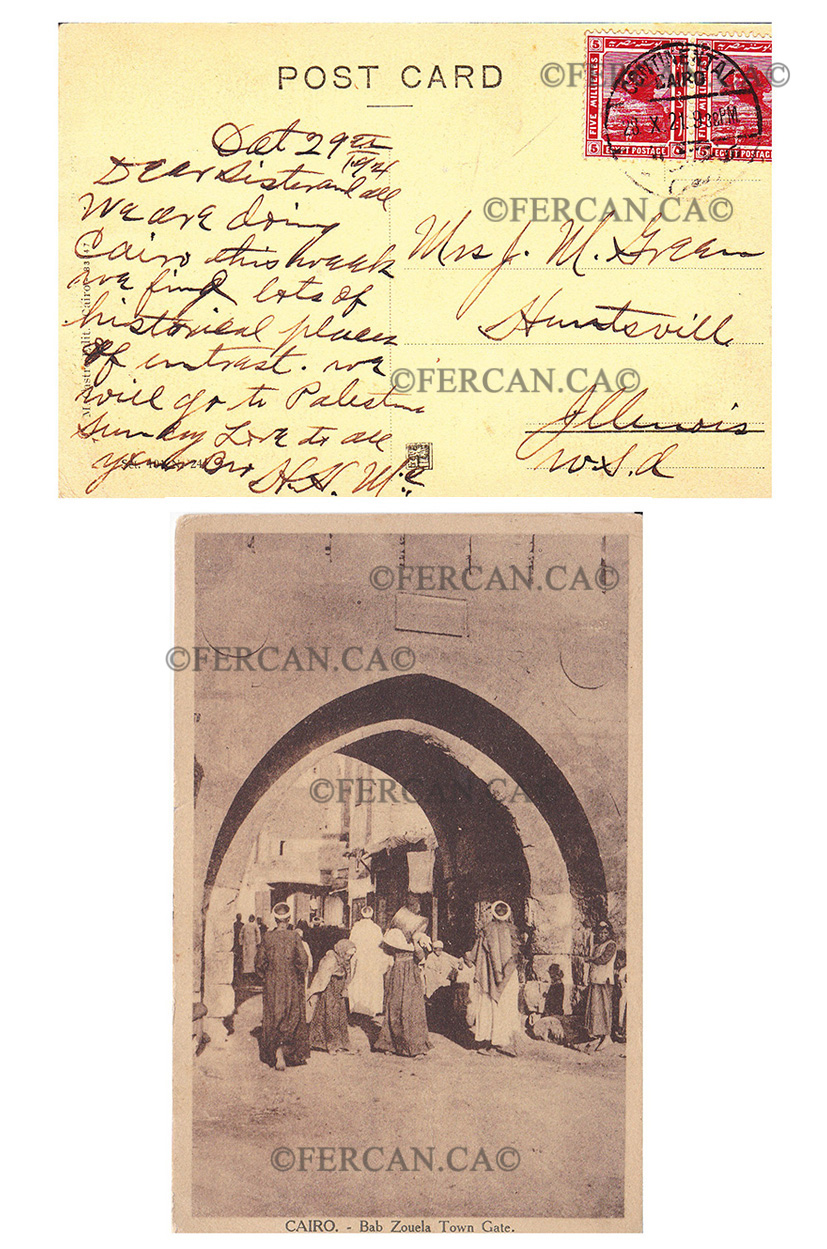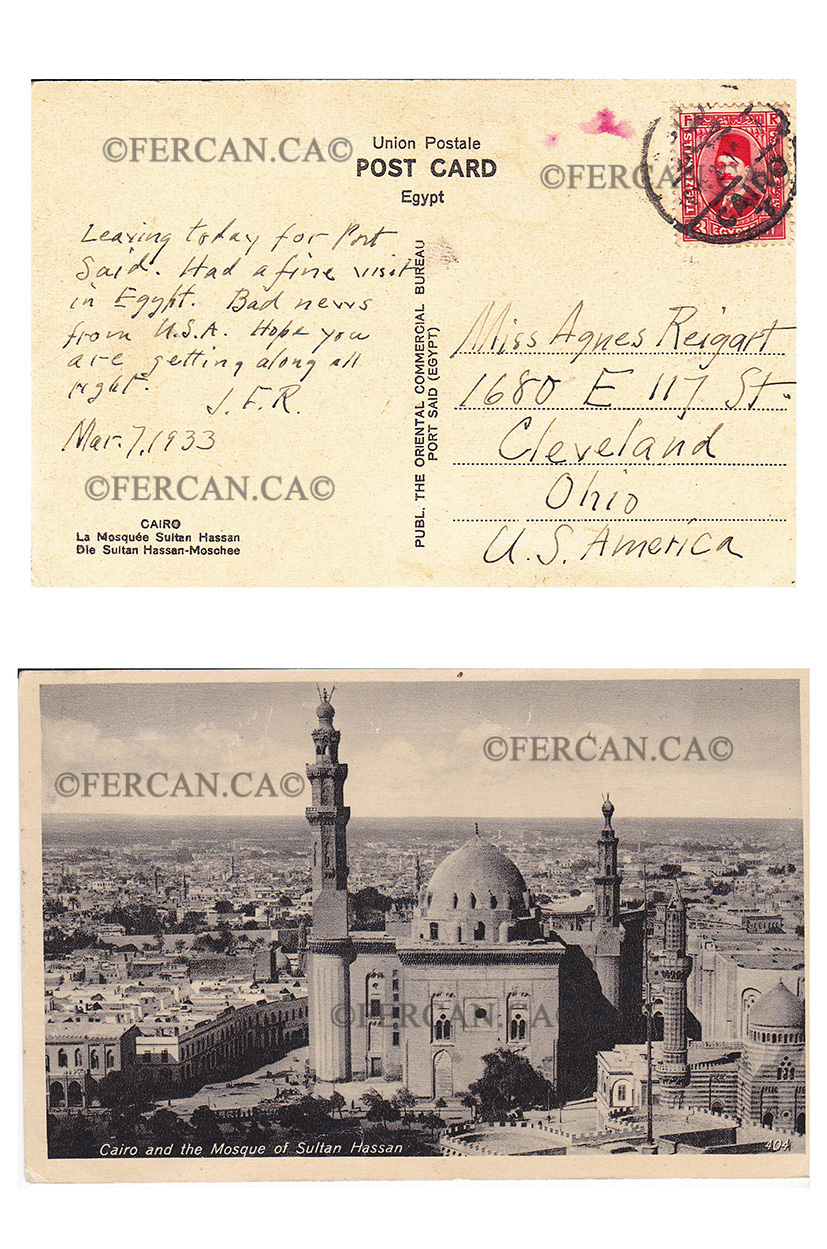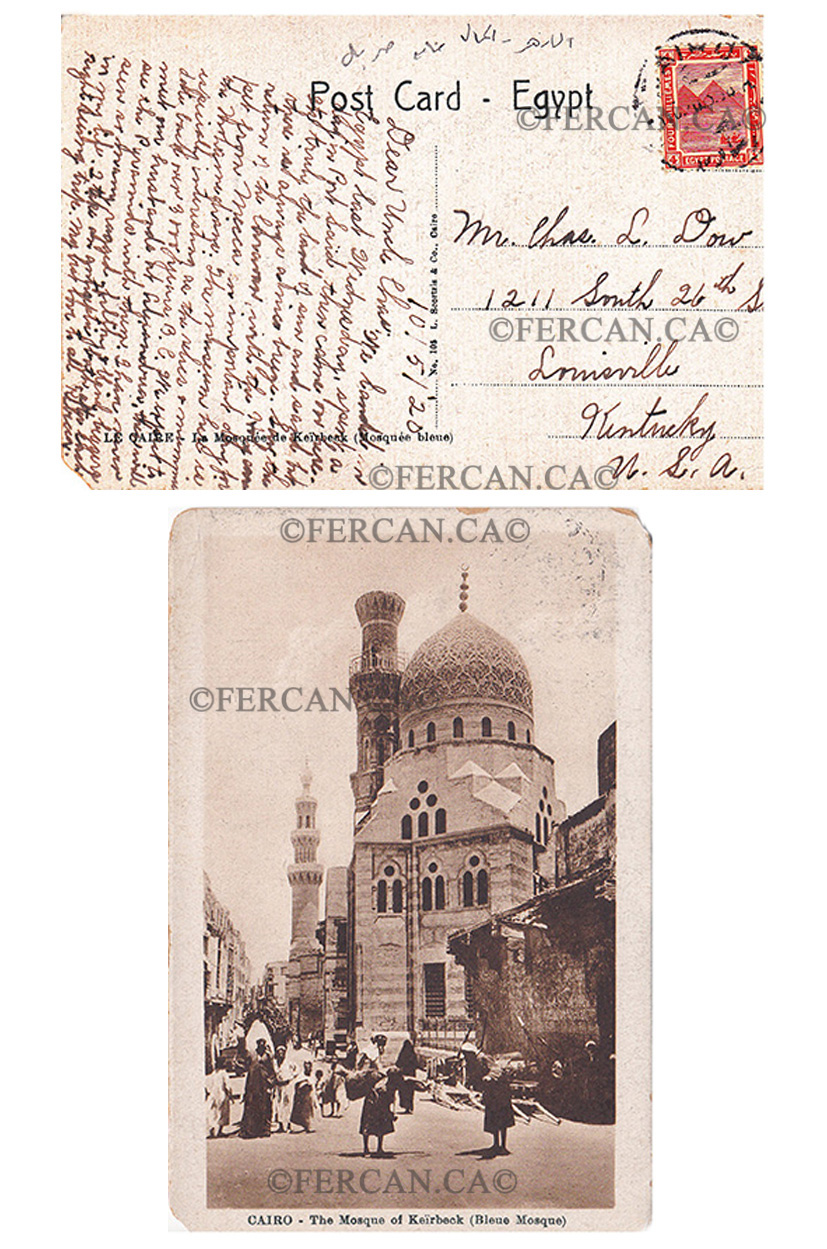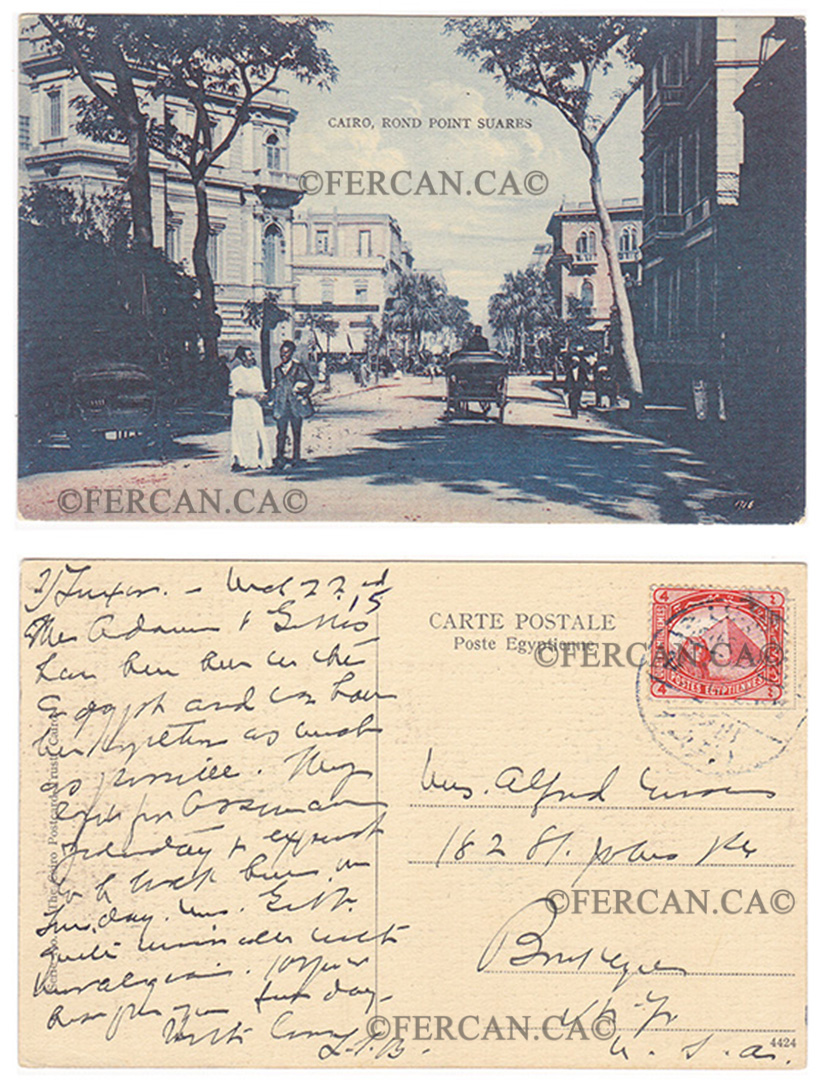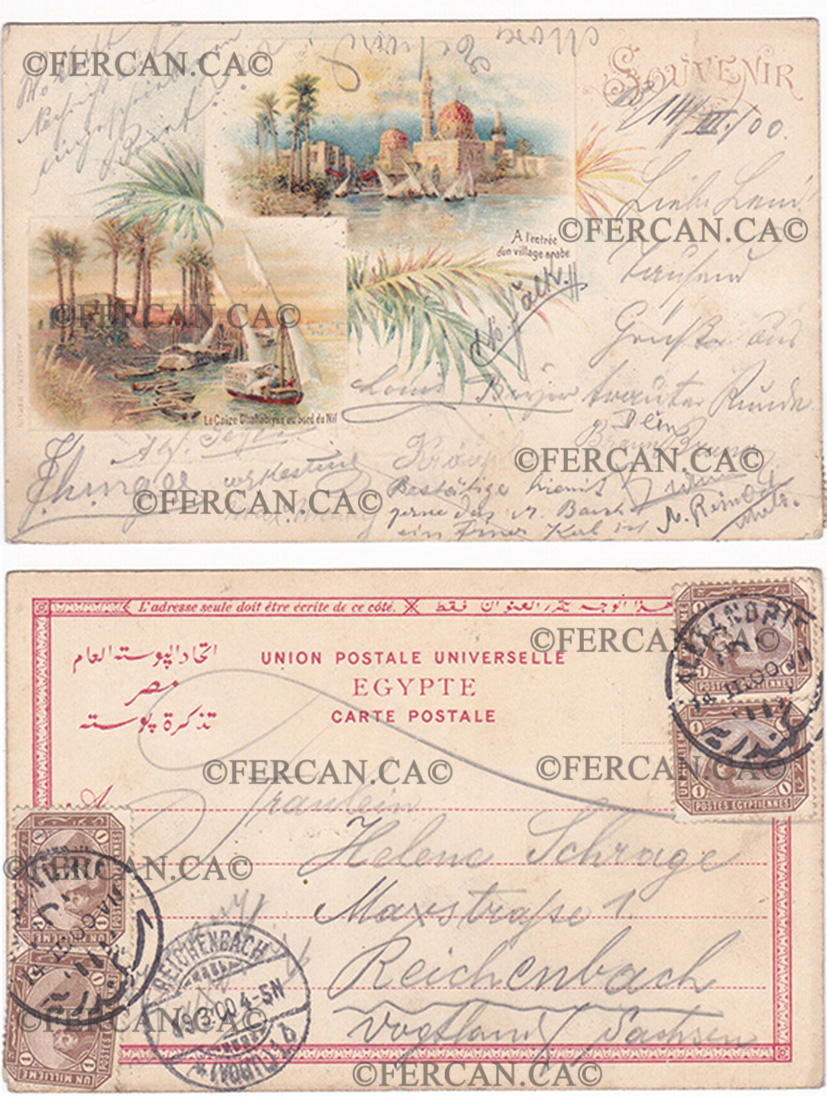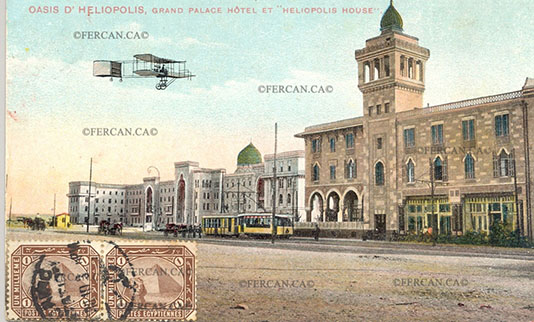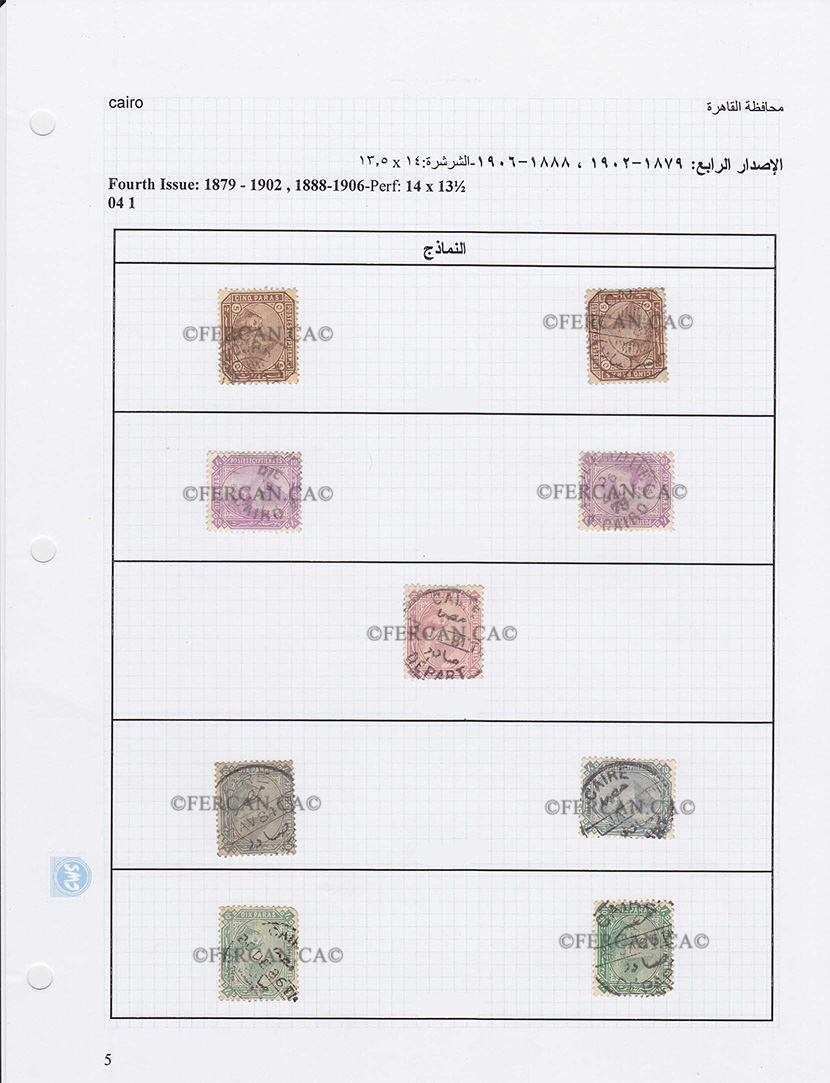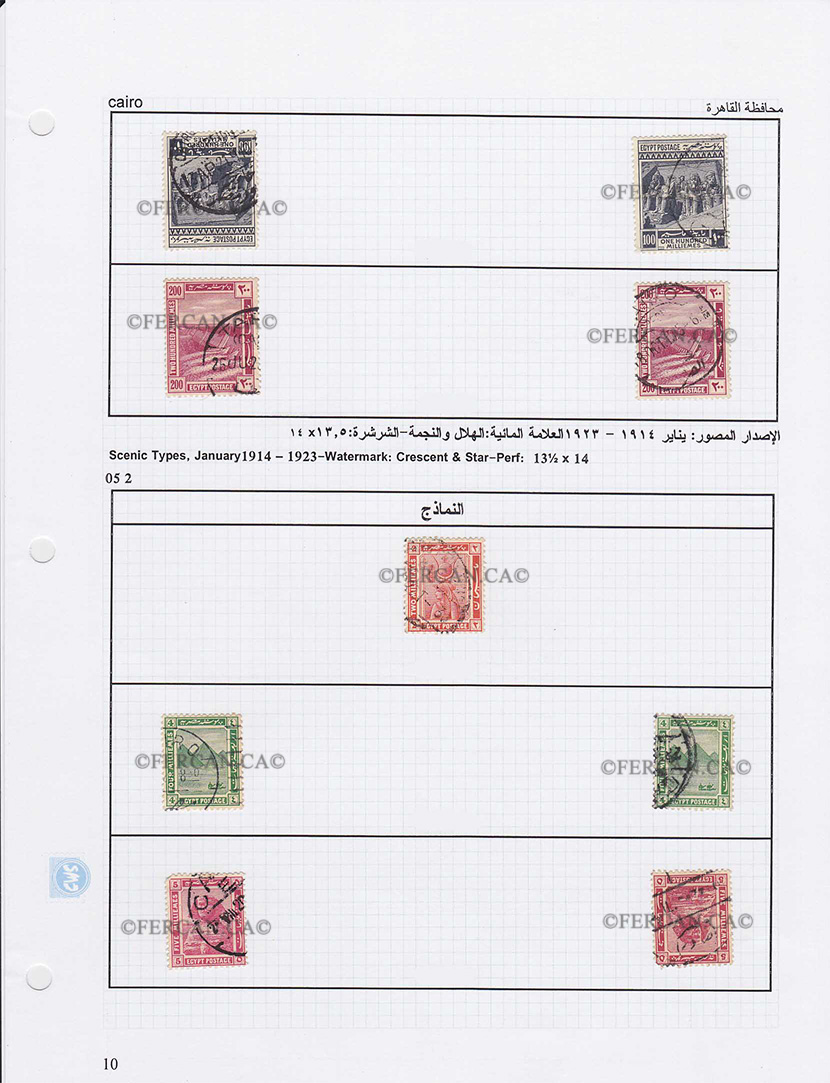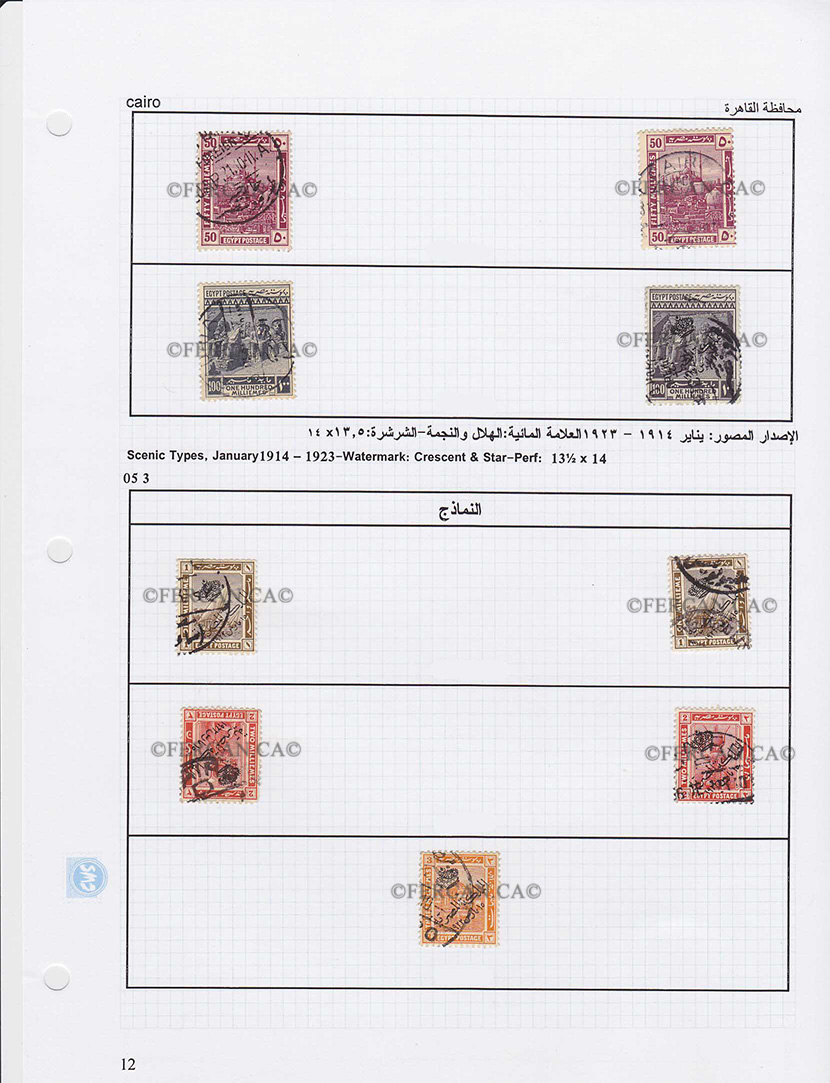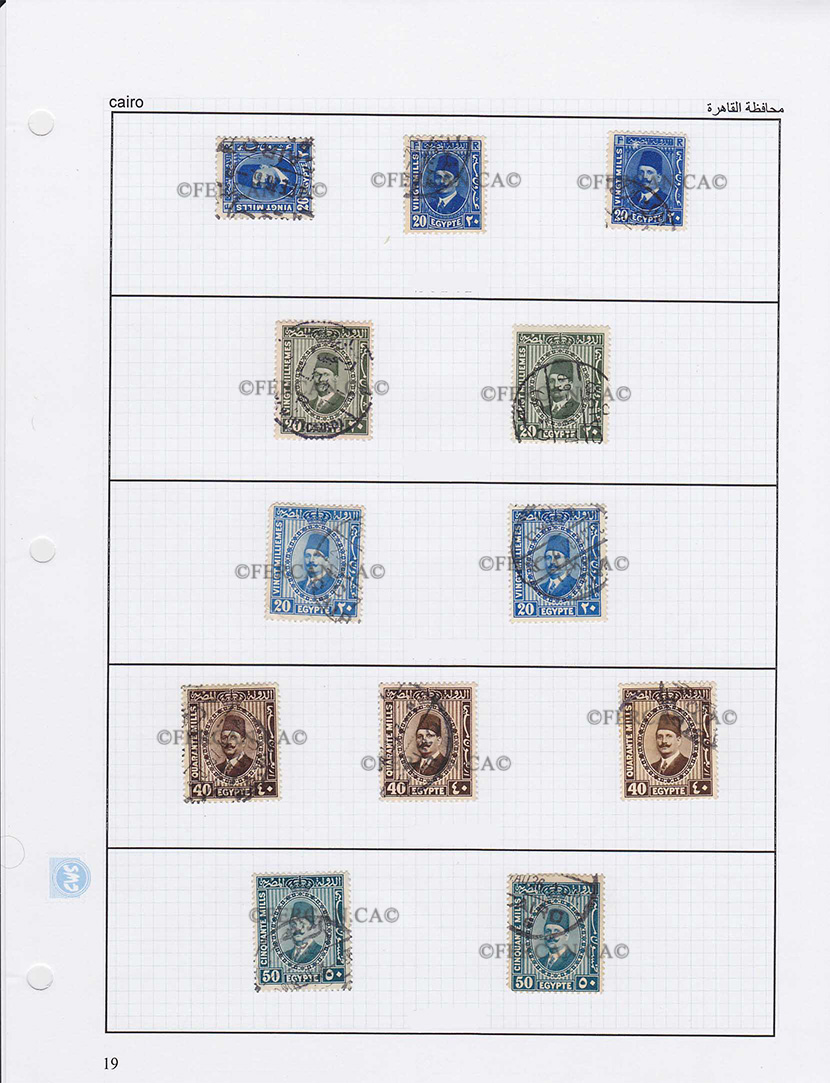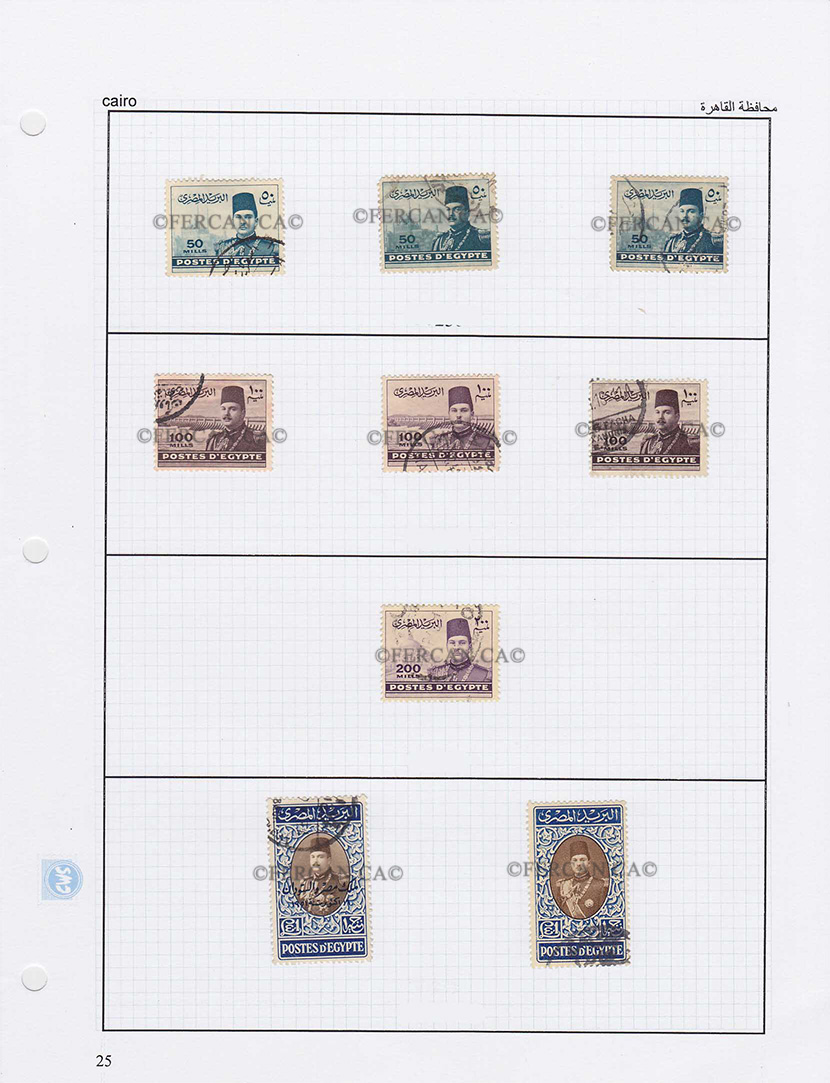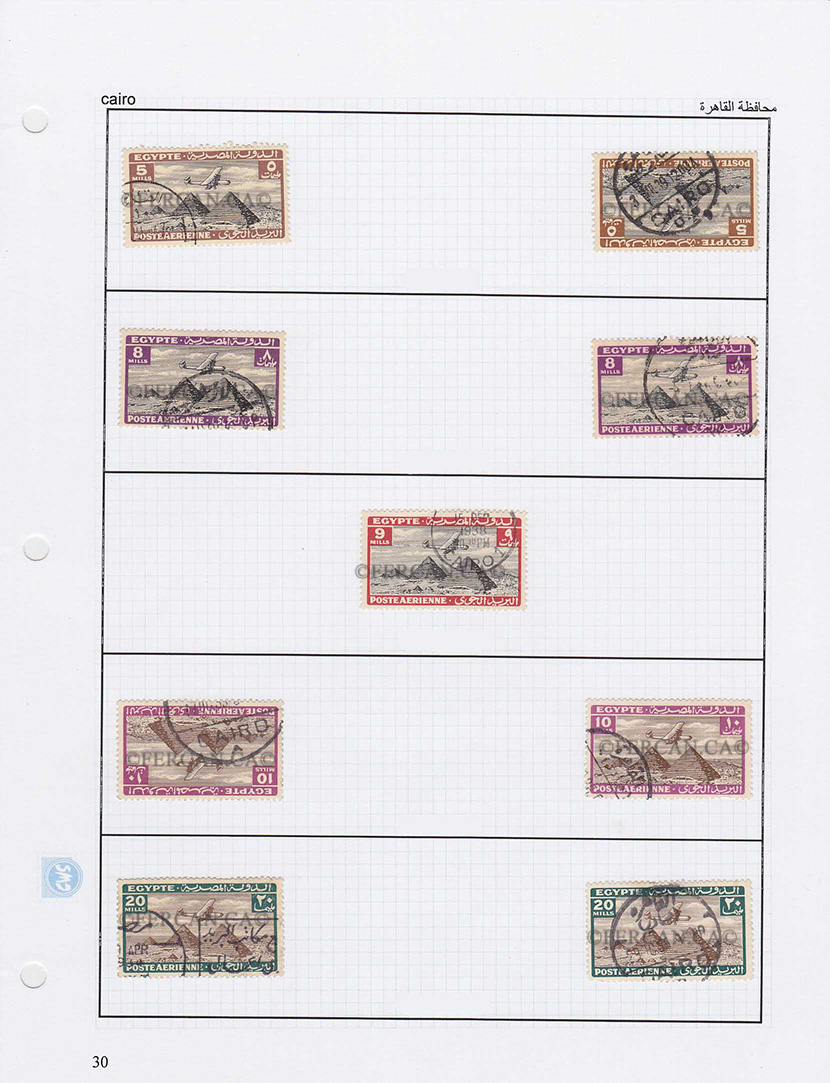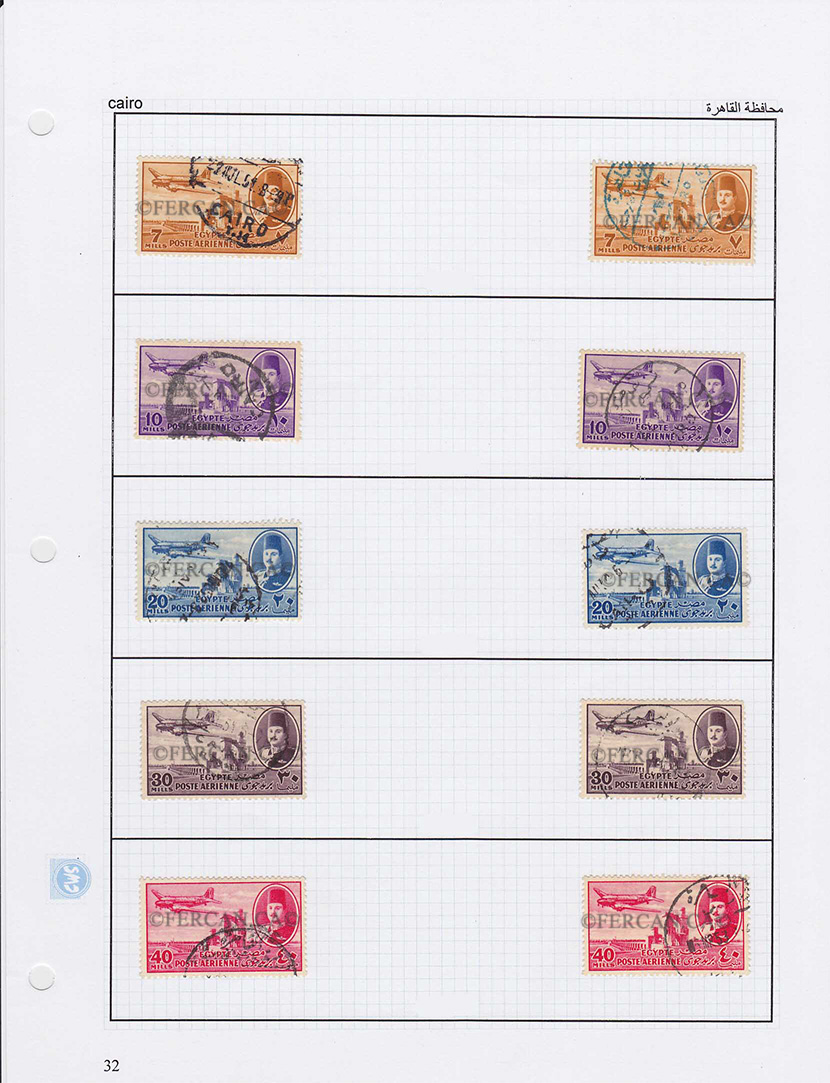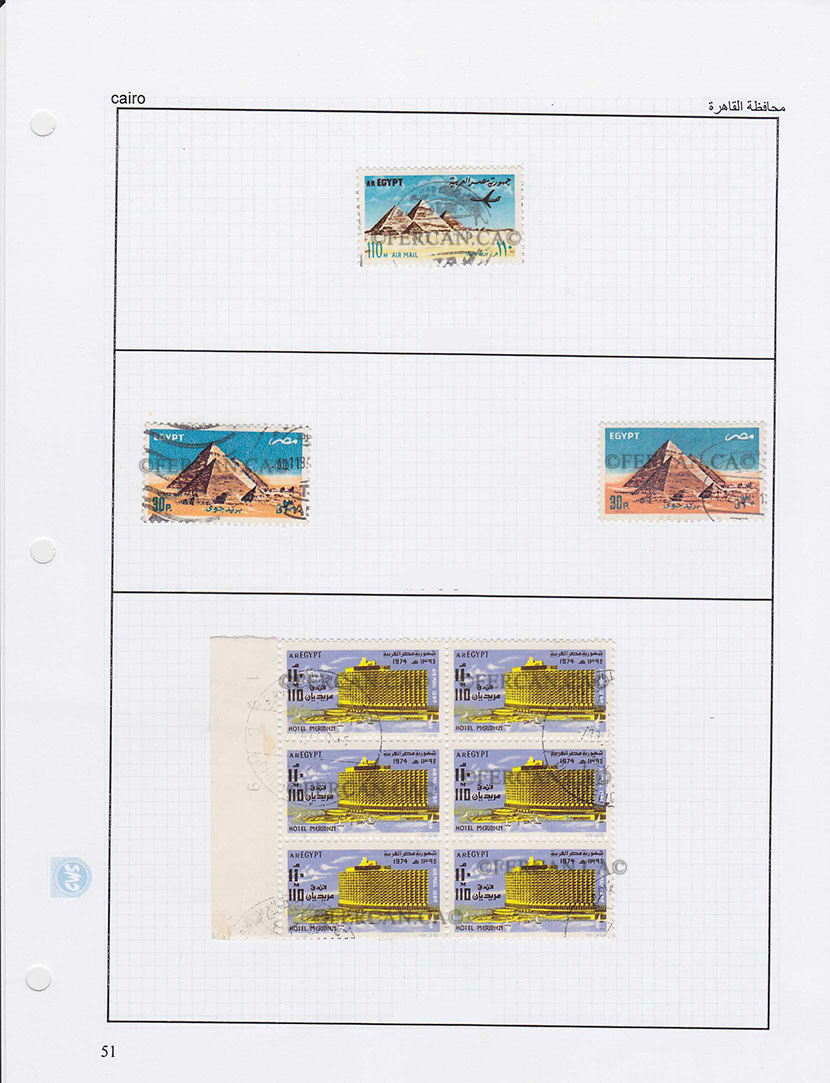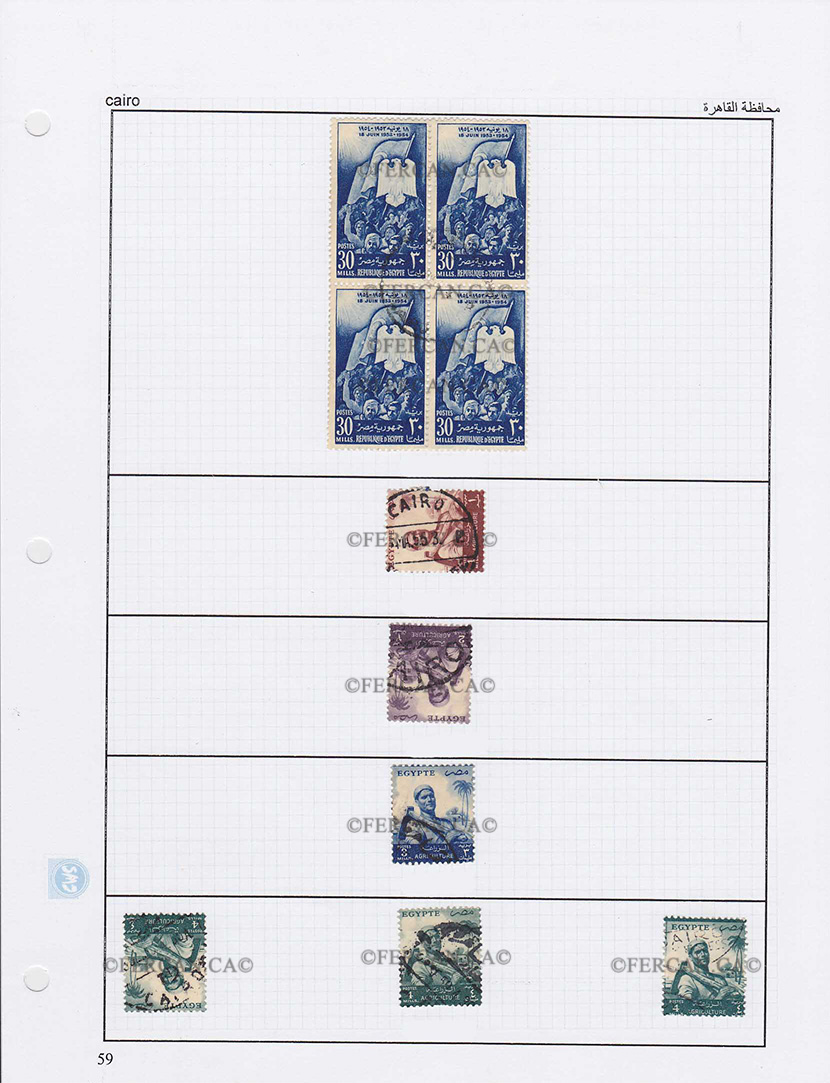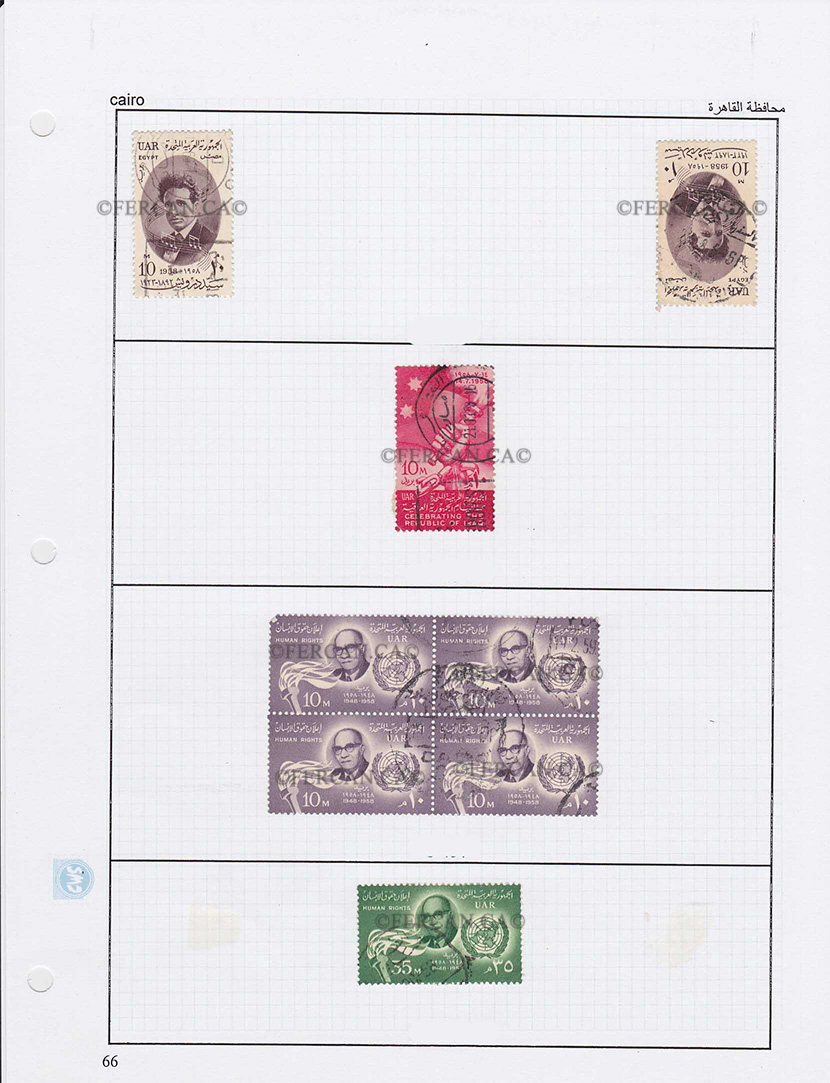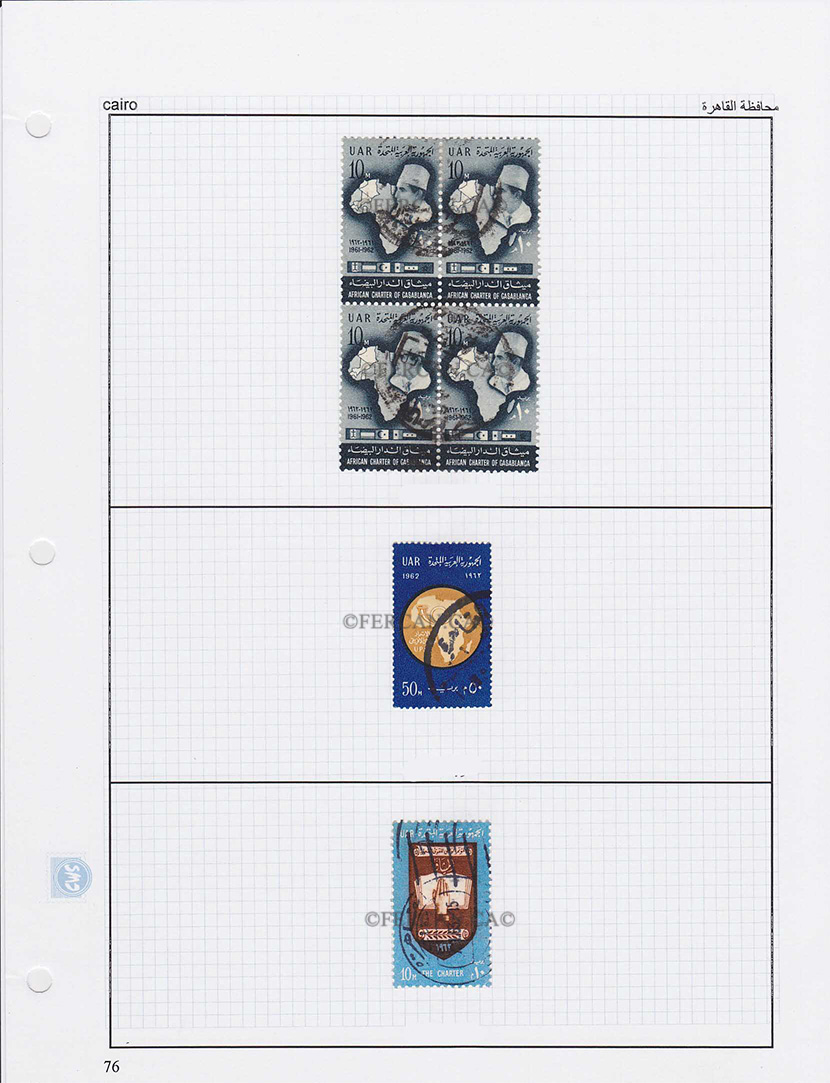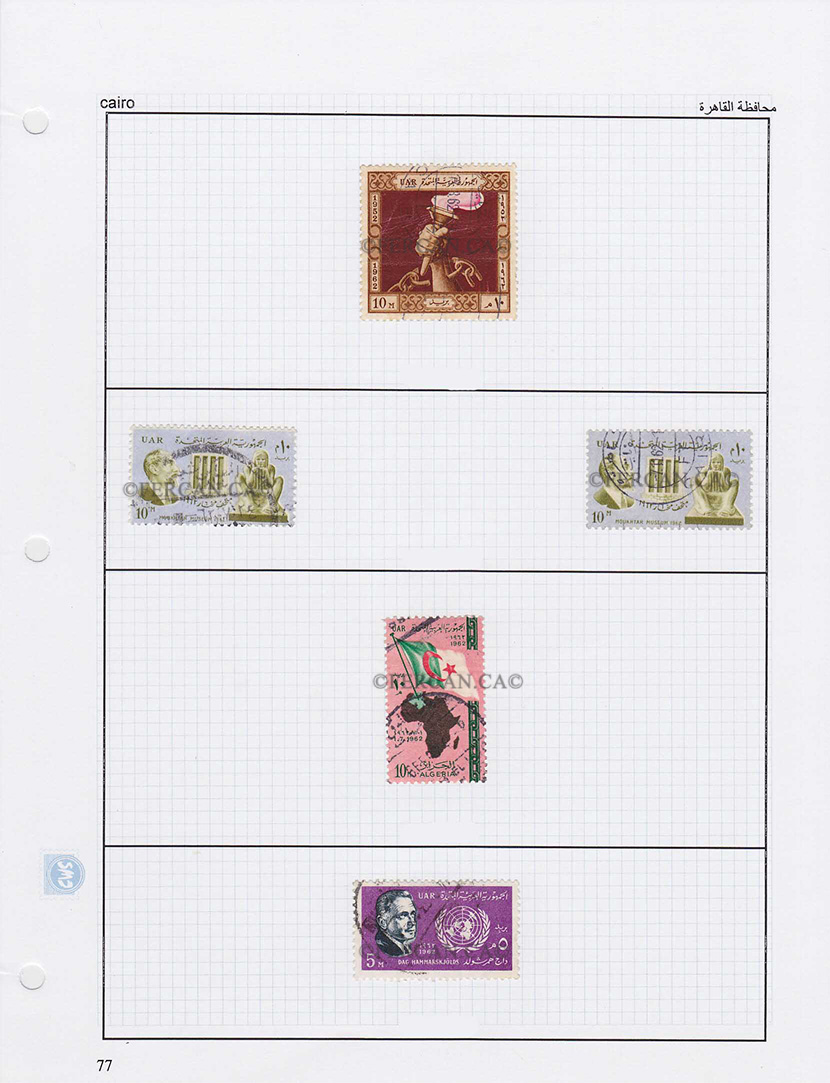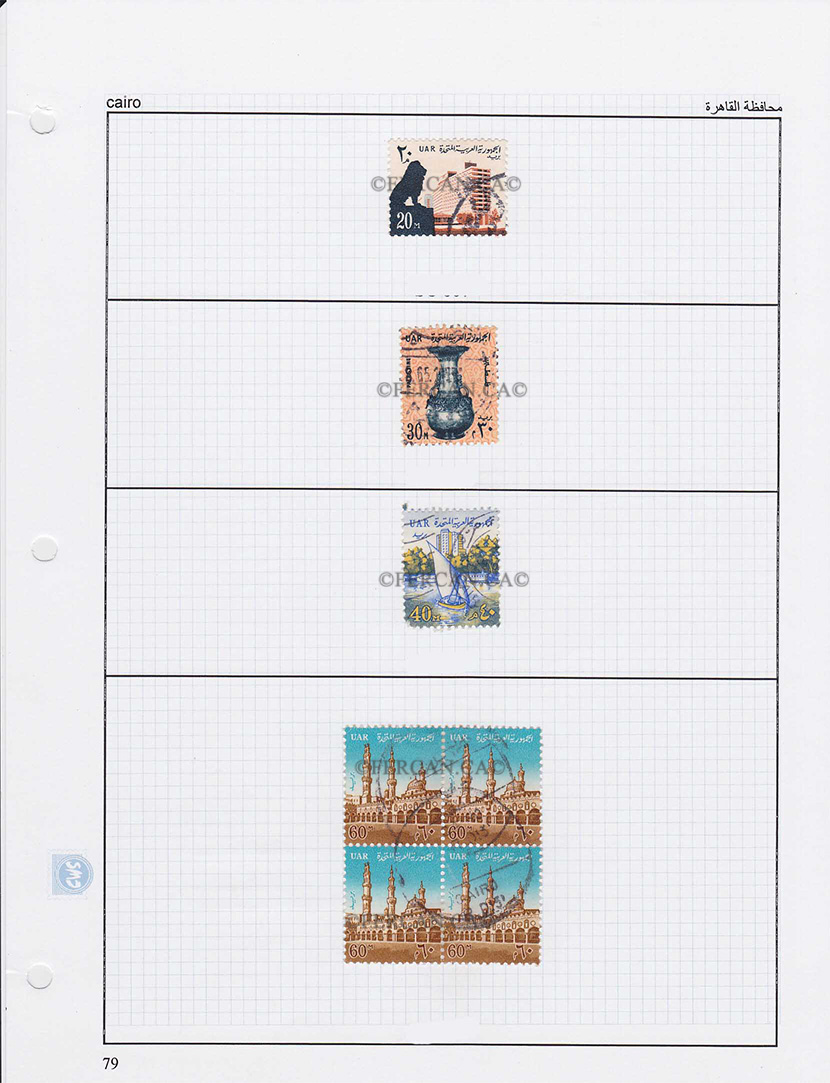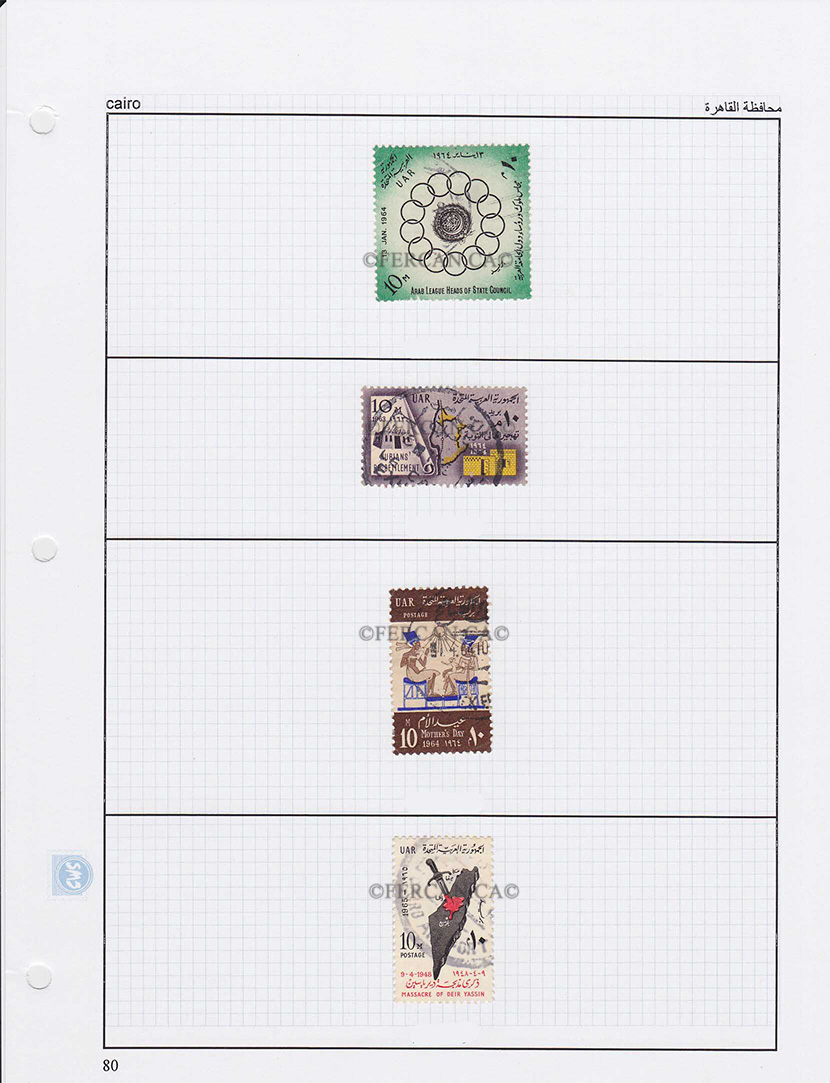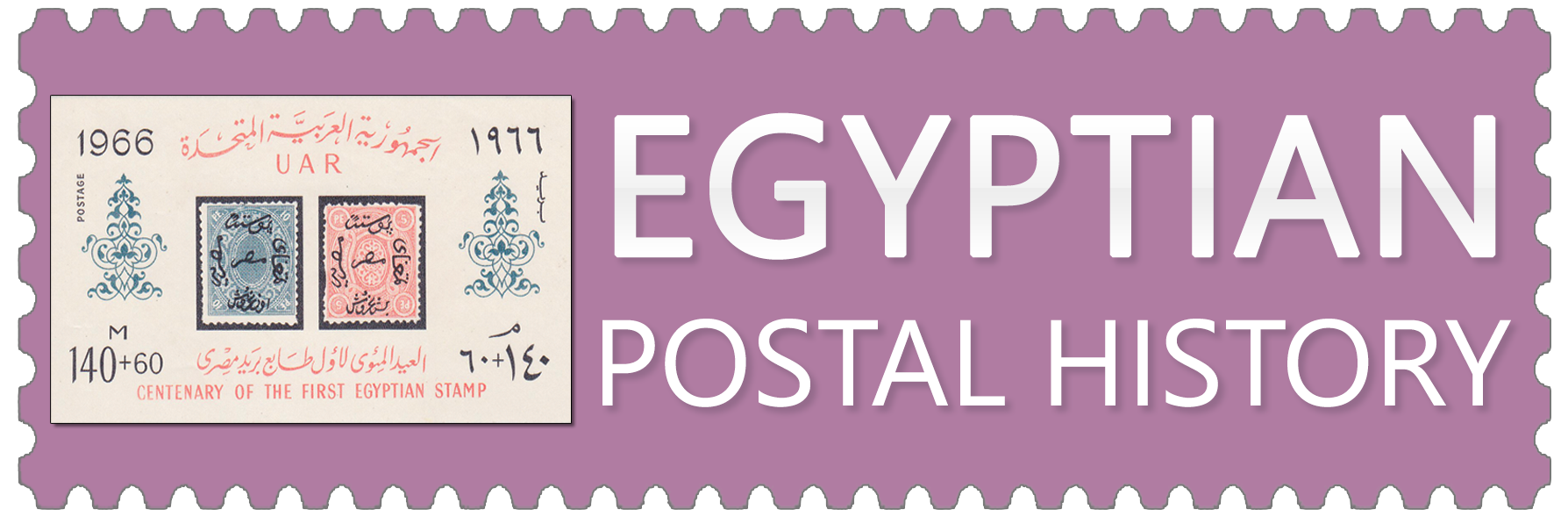History: The city of Cairo was known during the Pharaonic era as Nefer (in ancient Egyptian: Amun), and its suburb was Sun City (Ayn Shams). It was the capital of Egypt after King Narmer in 3200 BC.
Islamic Era: The mosques of Amr ibn Al-Aas are considered to be the first sites of Islamic monuments in Egypt and Africa. They symbolize not only a pivotal stage, but also the beginning of the Islamic era. Alexandria became the capital of Egypt when it was built by Alexander in 332 BC and remained so throughout the Ptolemaic, Greek, Roman and Byzantine eras. Amr Ibn Al-Aas believed that if he kept Alexandria as the capital, this would make him vulnerable to any invasion from the sea.
Amr Ibn Al-Aas thus chose the city of Fustat as his capital since, if he had remained in Alexandria, he would be far away from Medina, the capital of the Islamic Caliphate, and this would have made his rescue very difficult if the city was threatened by invaders. Caliph Omar ibn Al-Khattab requested Amr ibn Al-Aas to avoid isolating his forces by possible floods of the Nile.
For these reasons Amr ibn Al-Aas chose a desert area which, militarily, was a strategic position in the north of Babylon Fortress (in the area now known as Old Cairo). He established the city of Fustat in 641 AD on several hills bordered by Mount Mukattam to the east and, behind it, the Eastern Desert. Fustat was built as a fortress city, which included Babylon Fortress for the Arab soldiers. He also established at Fustat the El-Jami Mosque (Mosque of Amr ibn Al-Aas), the first to be built in Islamic Egypt, and next to it was the Emirate House. Its design was based on the planning style of the Prophet Muhammad, peace be upon him, in Medina. It appears, from afar, as a lofty mountain, as described by narrators and historians.
The Abbasids – 750 AD (133 AH)
The Abbasids captured the city of Fustat after the fall of the Umayyad Caliphate in Damascus in 750 AD. They entered after heavy and fierce fighting led by the Abbasid commander Abu Saleh Ali, and then they burnt Fustat to the ground. The Abbasid soldiers settled in Al-Askar (a military city) which was built as a suburb of Fustat. Sedition against the Abbasids continued for 110 years until the coming of Ahmad ibn Tulun in 860 AD. He built the city of Al-Kataea as an extension of Fustat.
The Fatimids - 969 AD (358 AH)
During the reign of El-Moez El-Din Allah Al-Fahmy, Cairo was used as a city for soldiers and as a third suburb of Fustat. The other two suburbs were Al-Kataea and Al-Askar. At the end of the Fatimid rule and during the reign of Caliph Al-Adad, the city of Fustat was again burnt to the ground, this time by the Crusaders after they reached it by boat through the Nile. They first captured and looted it under the leadership of King Amuri Amalorek in 1168 AD (564 AH).
The king ordered his minister to collect slaves before burning the city. The people fled to Cairo in fear and panic. This second burning of Fustat continued for 45 days, and its residents sought refuge in alleyways and mosques. Afterwards the city of Fustat became a ghost town and remained empty for several centuries, losing its importance as the capital of finance, trade and industry. The only building miraculously rescued from the fire was the Mosque of Amr ibn Al-Aas. As Maqrizi, the famous historian, said, “The city of Fustat was established as the capital of a state affiliated with the city of Medina, and Al-Askar, the military city, was established as the feudal capital of Egypt affiliated with Baghdad. The city of Al-Kataea was established as the capital of Tulunid Egypt, but Cairo was established as the capital of the independent Fatimid caliphate.” The four capitals were established to the west of Mount Mukattam, and east of the Nile.
The Most Famous Mosque in Cairo: Al-Azhar
Tourist landmarks in Cairo include the Pyramids of Giza, Sphinx of Giza, Citadel of Salah El-Din, Museum at Tahrir Square, Khan El-Khalili Market. There are also many old Coptic Christian Churches in southern Cairo.

